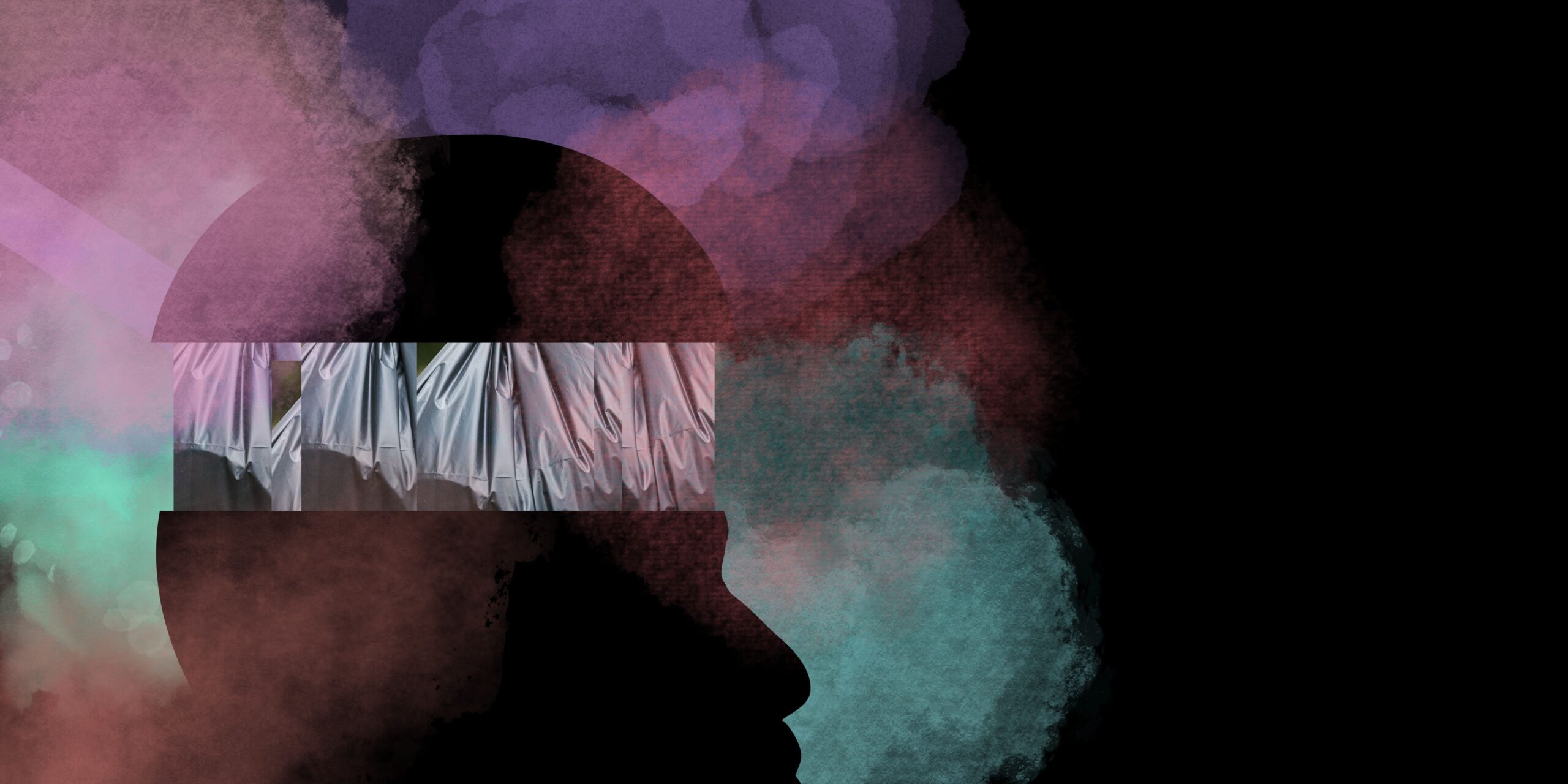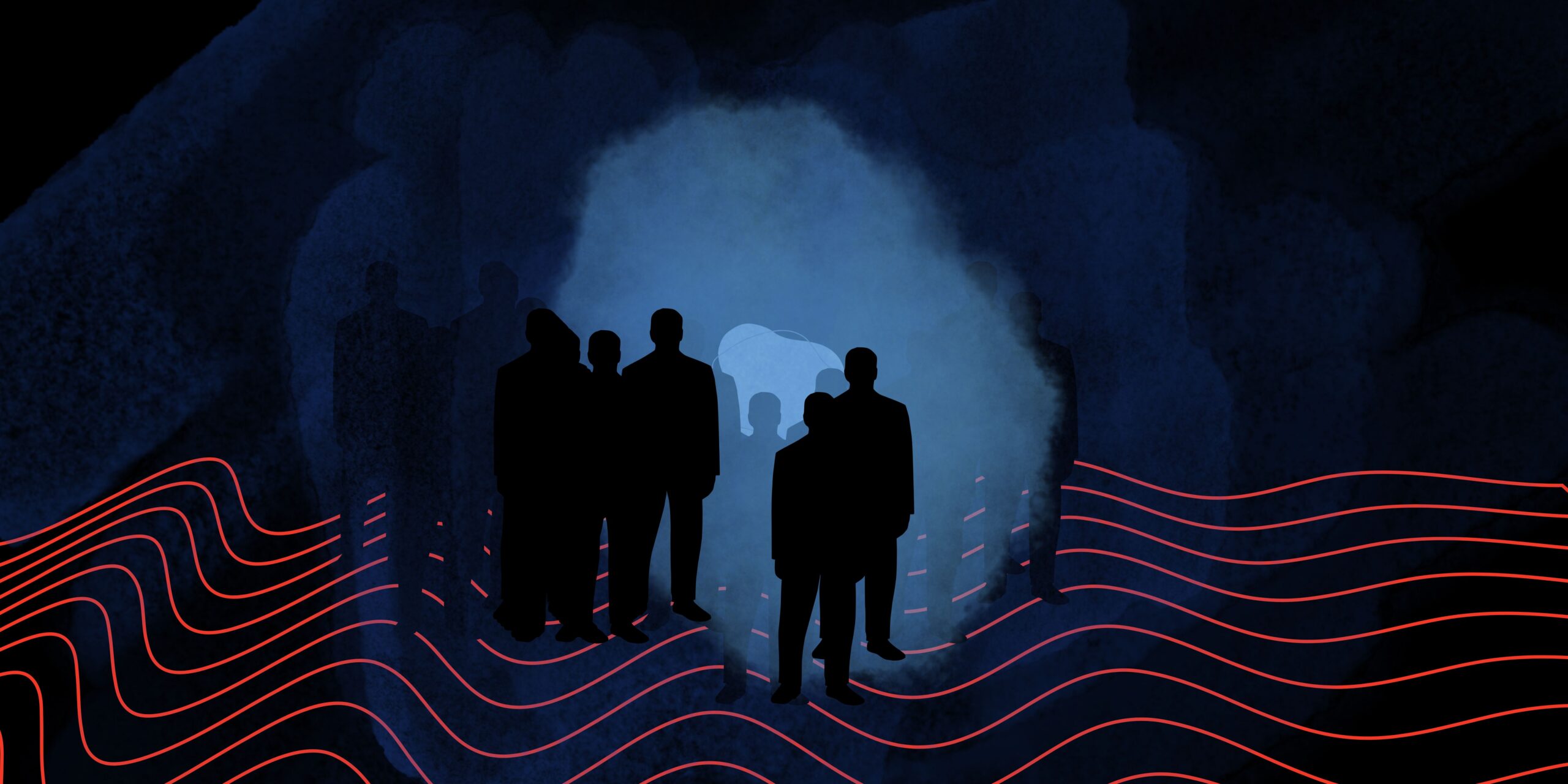In July, 2024, a kidnapping made headlines across Pakistani media. According to the victim, the famous screenwriter Khalil-ur-Rehman Qamar, he was lured at night to a place by a woman named ‘Aamna Urooj’ where his phone, cash and wallet were snatched from him. The snatchers then made Qamar transfer about Rs 250,000 to their account […]




